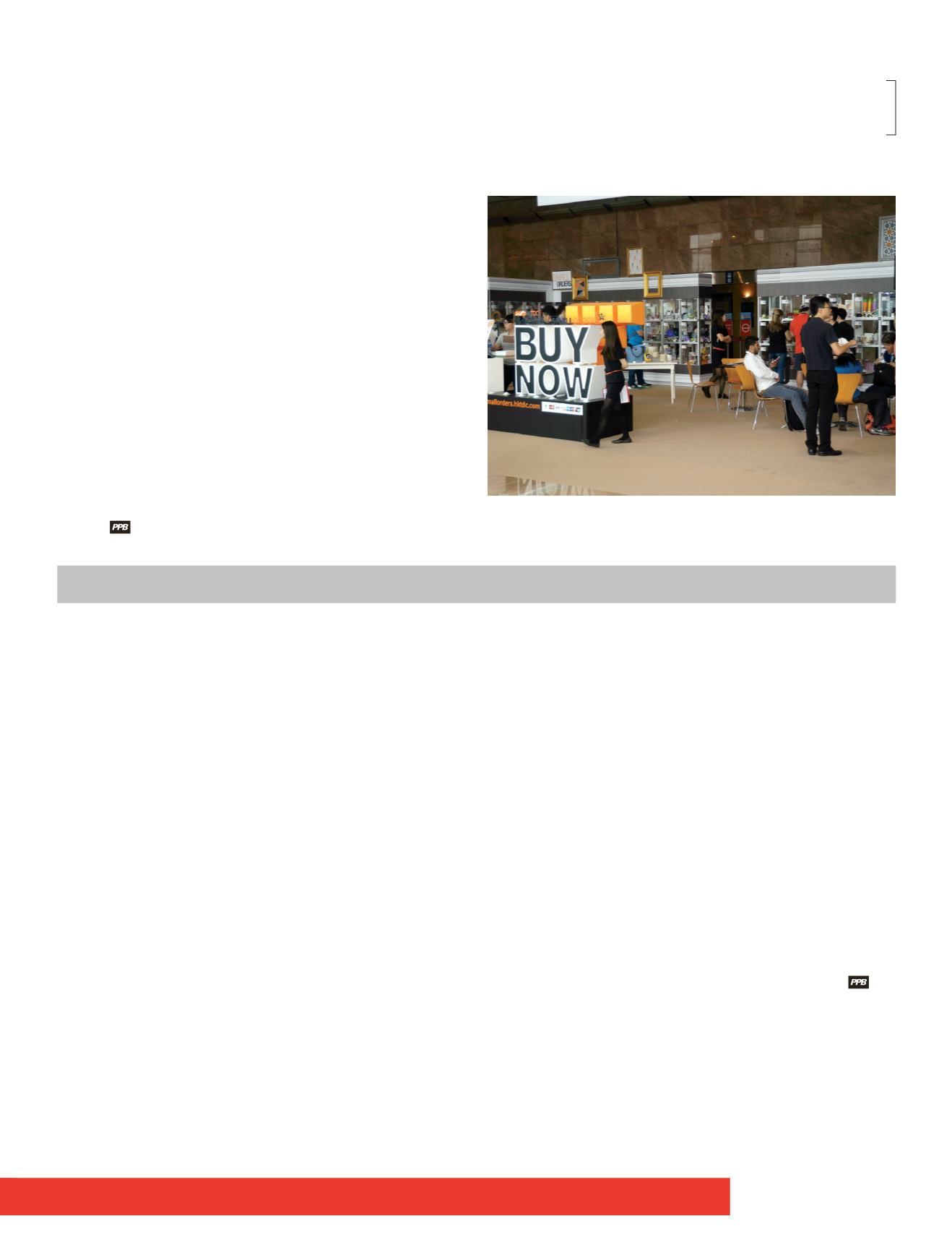

JUNE 2016 •
PPB
• 81
INSIDE
PPAI
group. They develop over time.
There can also be different cul-
tures from group to group in
larger companies. Corporate cul-
ture is made up of how a compa-
ny operates, how a team works
together and how the leaders
lead. It is also a reflection of how
you treat your customers, what
they remember about you and
what they say about you. Culture
can develop on its own or it can
be driven and nurtured by an
organization. The best cultures
are those that are explicitly driv-
en by a shared vision and values
across the organization. Without
guidance, culture will just devel-
op organically based on how
employees and leaders behave.
“Is your company culture a
great one or a poor one? While
perks are great, if people do not
work together for the collective
good of the company and its cus-
tomers, if the president is belit-
tling and disrespectful to employ-
ees or if employees are allowed
to get away with workplace bully-
ing, then you have a company
culture that makes it very
difficult to serve the customer and
retain your top talent. These are
examples of company culture, but
not the type that drives compa-
nies to amazing performance.
“Culture is not an HR func-
tion—it’s everybody’s job. The
best culture is one that is led
from the top down but includes
everyone in its delivery and is
lived by the whole organization.
Great culture is a function of all
the leaders as well as the players
on the team (and everybody is on
the same team). It is not a Friday
afternoon thing—it is every wak-
ing moment in an organization.
“When you work in an organ-
ization that cares about develop-
ing and cultivating an amazing
culture, you feel it as soon as you
walk in the building. It is alive in
the way employees interact with
each other and with customers. It
is especially apparent in how
leaders treat people. And it’s not
the leader who treats some
employees well—such as the
salespeople—but ignores or is
condescending to employees in
other departments or lower-level
employees. That is an indicator
of a poor culture.
“In my company, creating,
fostering and cultivating a great
culture is the most important part
of my job. It is the true differen-
tiator between awesome compa-
nies and mediocre companies,
between companies that survive
in the long run and those that
fade away.
“So do I disagree with cool
offices, nap rooms, beer Fridays
and green belts? Absolutely not.
But great culture can exist in a
warehouse without windows
because it is not about perks. It’s
about human interaction starting
at the top.
“At our office, we often cele-
brate with food events. I love to
surprise our staff by making
banana-split pancakes and having
breakfast ready when the produc-
tion staff comes in. One person
joked that we are the only pro-
motional products company with
a Zagat rating. I love it, but perks
never replace respect, teamwork,
leadership and the common goal
to delight the customer.”
Connect with Kathy on LinkedIn or
at
Kathy.Thomas@stowebridge.comto learn more about this fascinating
topic and see this year’s
PPB
Greatest Companies To Work For
beginning on page 24.
PERSPECTIVES
Continued from page 4
IPPAG, WAGE and IGC are international networking and business
groups that bring their members together to share expertise and col-
laborate on projects, resources and initiatives. “Enjoying each other’s
differences and celebrating our commonalities,” was how one IGC
attendee described the value of involvement in the group.
The Association’s collaboration and engagement with IPPAG,
WAGE and IGC fulfills and furthers the “I” in PPAI, and as the world’s
largest promotional products association, contributes to the industry’s
global direction and advancement. Bellantone adds, “We are recog-
nized as the global leader. PPAI’s work with WAGE and IPPAG goes a
long way in defining the industry’s leadership, trends and research,
projections for the future and its structure.”
Before heading back to the U.S., Goos and Stone traveled to
Shenzhen, China, to tour several factories producing products for the
industry.
The Hong Gift and Premium Fair
featured more than 4,700 exhibitors
from 36 countries and regions.
















